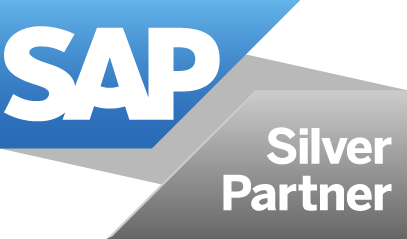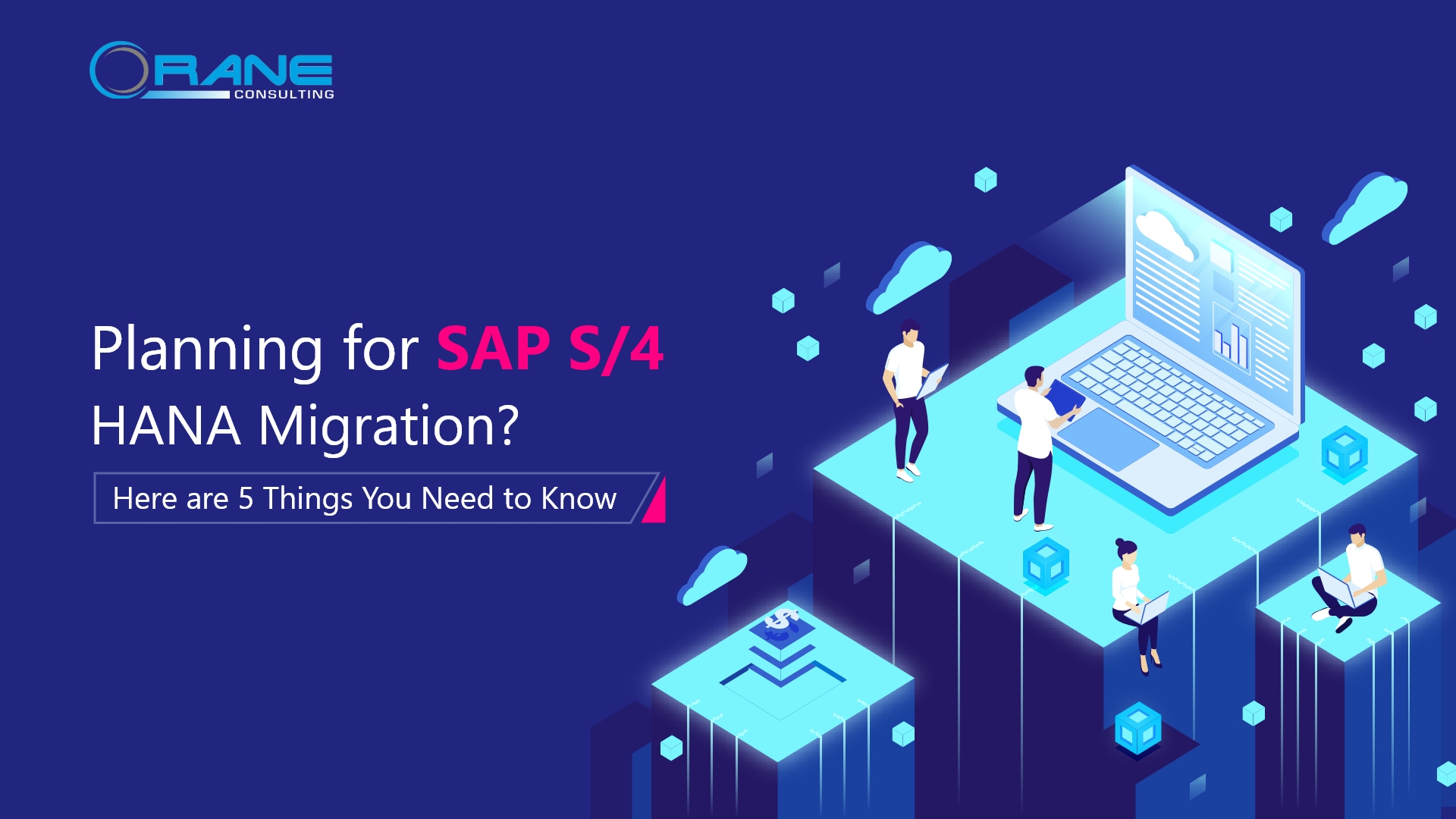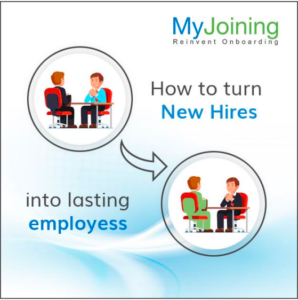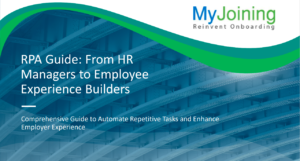Introduction:
The future of a business will largely be determined by how well it is endowed to serve digital-savvy consumers from all walks of society. The COVID-19 pandemic was an eye-opener in this regard. It showed that business models fashioned and perfected over decades of customer interactions were disrupted and rendered useless in a matter of days whereas newer entrants in the digital space quickly drew the crowds and prospered.
For businesses that learned their lessons in survival, their most important objective would be to transition their technology landscape into a digital powerhouse. For many, this would translate roughly into transitioning their existing SAP ERP ecosystem into SAP S/4 HANA since SAP ERP can be found in a majority of all businesses that have been successful over the past.
SAP had very well predicted a future powered by flexible cloud-based digital platforms and HANA was their stepping stone towards moving in that direction. However, not all businesses wanted to take the sudden move into S/4 HANA, not because of their doubts about S/4 HANA, but they were still continuing to leverage success from their older SAP investments.
The pandemic was a wake-up call saying it is about time, they make the switch. Migrating to S/4 HANA assures a sustainable future for your business, but before planning for SAP S/4 HANA migration here are five things you need to know:
Realize it is a business imperative and not technological
The move to S/4 HANA should be seen as a vital business objective of your organization and not a line item in the IT budget list. A key example that can be called in here is Vodafone when they decided to migrate to SAP S/4 HANA. The intention was not to provide their employees with new IT toys, but to achieve significant process standardization and automation and ultimately create an intelligent new enterprise that can better run business with the data their ecosystem generates.
Rewrite legacy processes
The biggest driver of success for modern digital platforms in an organization is often related to the magnitude of change they can drive across the business. This change involves rewriting your rule books and processes which may have been around for decades. We have seen how events like the COVID-19 pandemic created new rules for supply chain agility as far as retail businesses were concerned. Similarly, businesses wanting to move into the realms of S/4 HANA need to do self-study and eliminate or redefine laggard processes and policies within their organization that hinder flexibility and agility when new technology is deployed. One of the major pros of this move is that even after the deployment of S/4 HANA, your business can seamlessly integrate new and powerful cloud-based solutions that may or may not be from the SAP ecosystem.
Plough the field for cloud
The move to S/4 HANA is also a decisive step that organizations take to transition their core enterprise technology into the cloud. This would mean letting go of several legacy applications and technology architecture prevalent in the organization. Most of the capabilities managed by these legacy applications may need to be remodeled on the cloud through SAP’s own cloud solutions if they are obsolete or their capabilities enhanced through extensions to SAP Cloud Platform tools. As an organization, it is important to realize the benefits of rapid scalability, reliability, and cost-effectiveness that cloud computing brings to the table and prepare for a future with less own hardware and more automated or intelligent infrastructure.
Bring about a cultural change
This migration to S/4 HANA would require a significant change in the way employees of different departments handled operations as they would now need to leverage the effectiveness of new cloud-based tools. Furthermore, they get access to unprecedented levels of insights from data generated across the entire business landscape. There will be a significant increase in workforce mobility and self-service as transactional processes could now be handled through mobile devices and from anywhere. It is important to take into confidence all key stakeholders within the organization by educating them about the benefits, creating awareness on how to harness untapped data in their departments with newfound capabilities of S/4 HANA. In simple terms, there is a need for your employees to move into a data-driven decision-making culture for all facets of the business – be it customer experience or employee productivity.
Securing your digital landscape
As more of your business starts to think and breathe digital, your technology ecosystem becomes even more important in terms of security priorities. It is advisable to encourage best practices in information exchange, empower encryption for data transmission, and set privileged controls for data access across key business systems. Your data is the oil for S/4 HANA to power your business, and it needs to be safeguarded even more preciously to prevent it from being tampered with or stolen for illegitimate needs.
The move to S/4 HANA will be a defining moment for businesses in a race to supremacy in the digital economy. However, they need to realize that it is more than just a large technology transformation exercise and be prepared to adapt their entire operations, processes, and people to thrive in the new normal.





